Following a healthy, balanced diet will ensure you reach your optimum daily iron intake, protecting you from developing anemia.
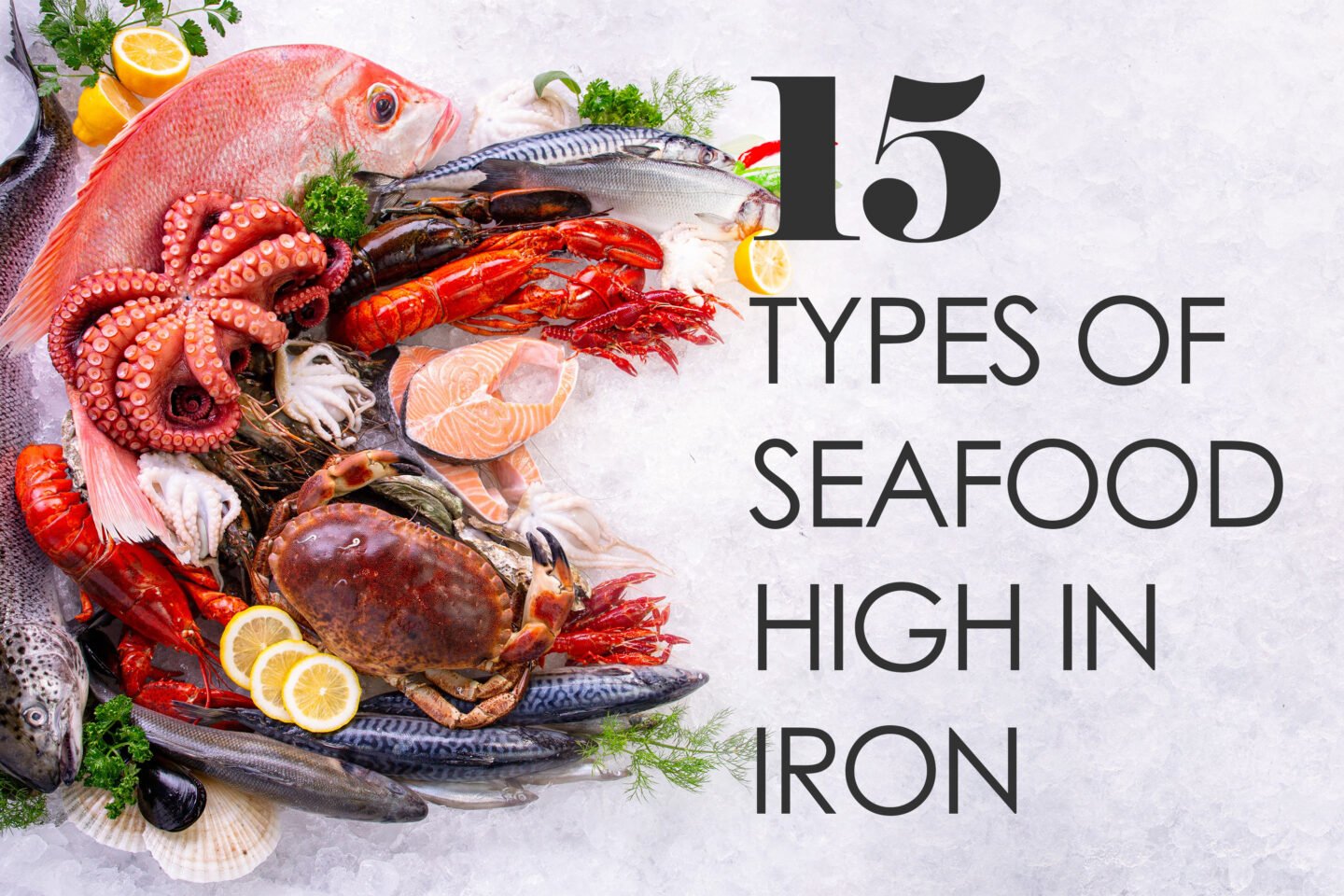
Animal proteins, such as poultry, beef, pork, and seafood, are some of the best dietary sources of this essential mineral.
All seafood is high in iron, but some varieties contain more than others. Seafood is also rich in protein, vitamin B12, and folate, all of which help prevent anemia.
Let's take a look at which types of seafood are the best sources of iron.
Table of Contents
15 Varieties of Seafood High in Iron
1. Oysters
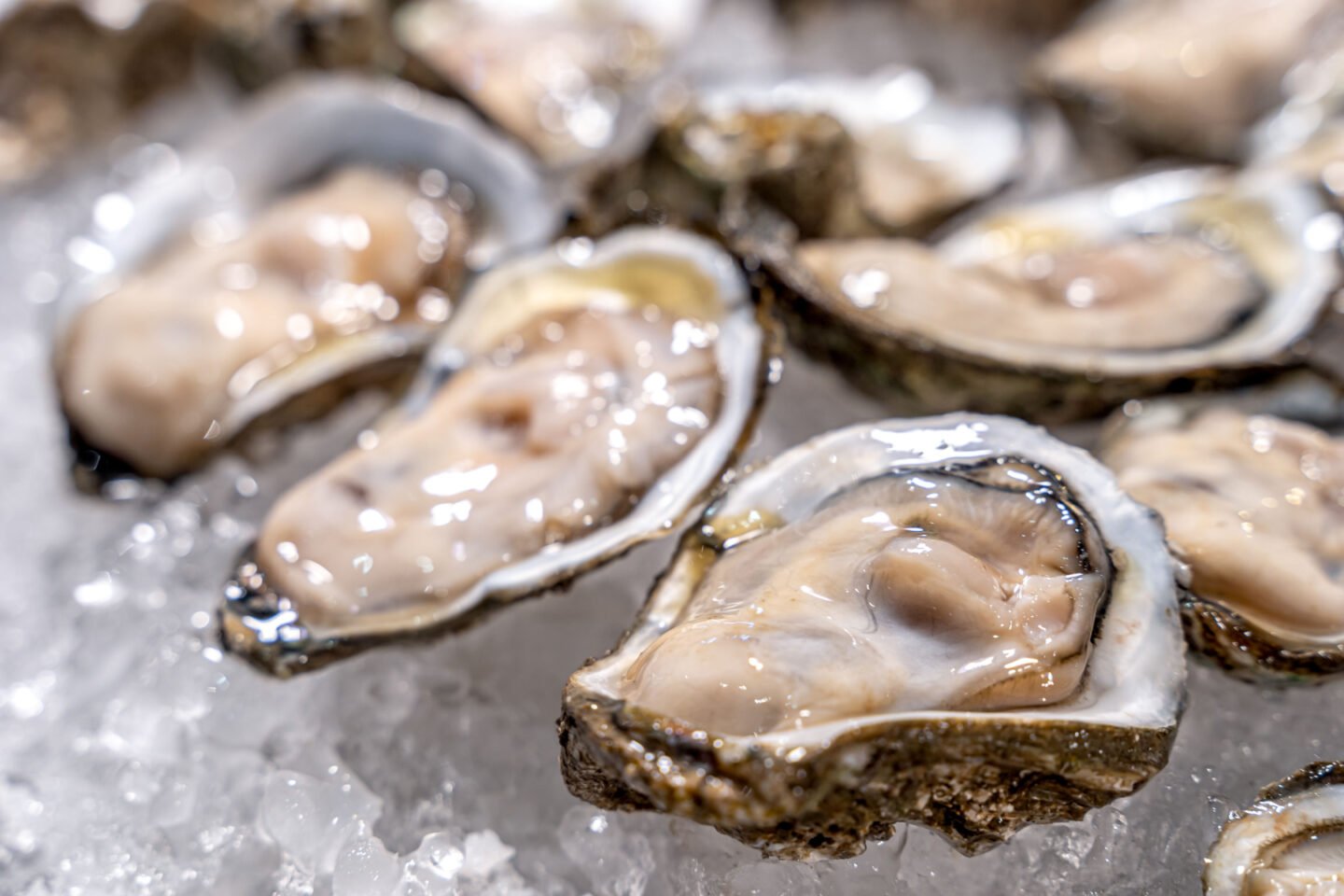
A three-ounce (85 grams) serving of oysters contains just 139 calories but around 7.8 mg of iron, 43% of the recommended daily intake.
Oysters are easy to prepare and are rich in protein, vitamins B12 and C, riboflavin, and niacin. They're also low in fat but contain phosphorus, zinc, copper, manganese, and selenium.
2. Shrimp
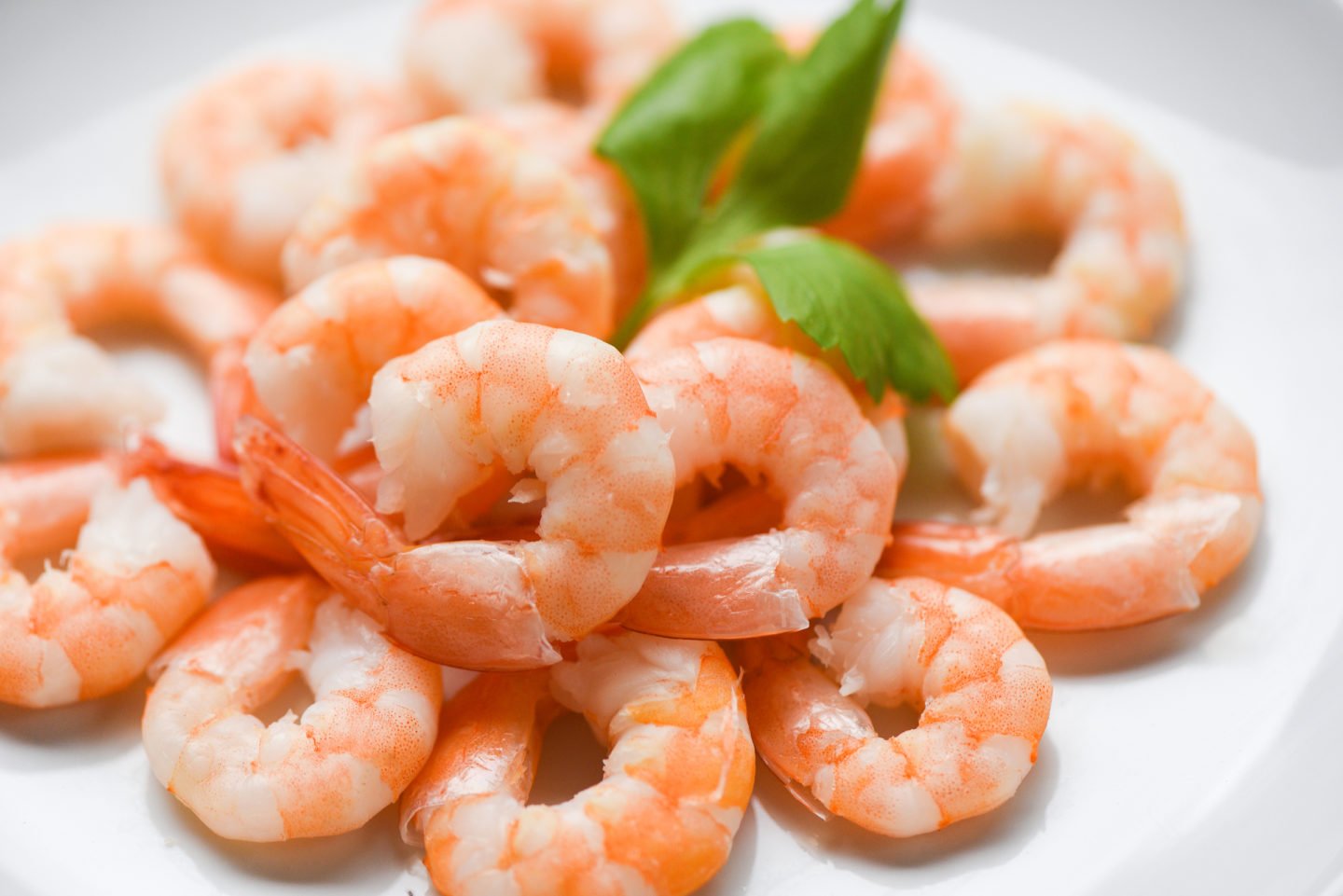
A three-ounce (85 grams) serving of cooked shrimp contains 2.6 mg of iron, around 15% of the recommended daily intake. It’s also rich in niacin, vitamin B12, phosphorus, and selenium.
Shrimp is much lower in calories than other seafood, with a serving containing only 84, and is great as a main dish, in salads, and as a topping for sandwiches.
3. Haddock
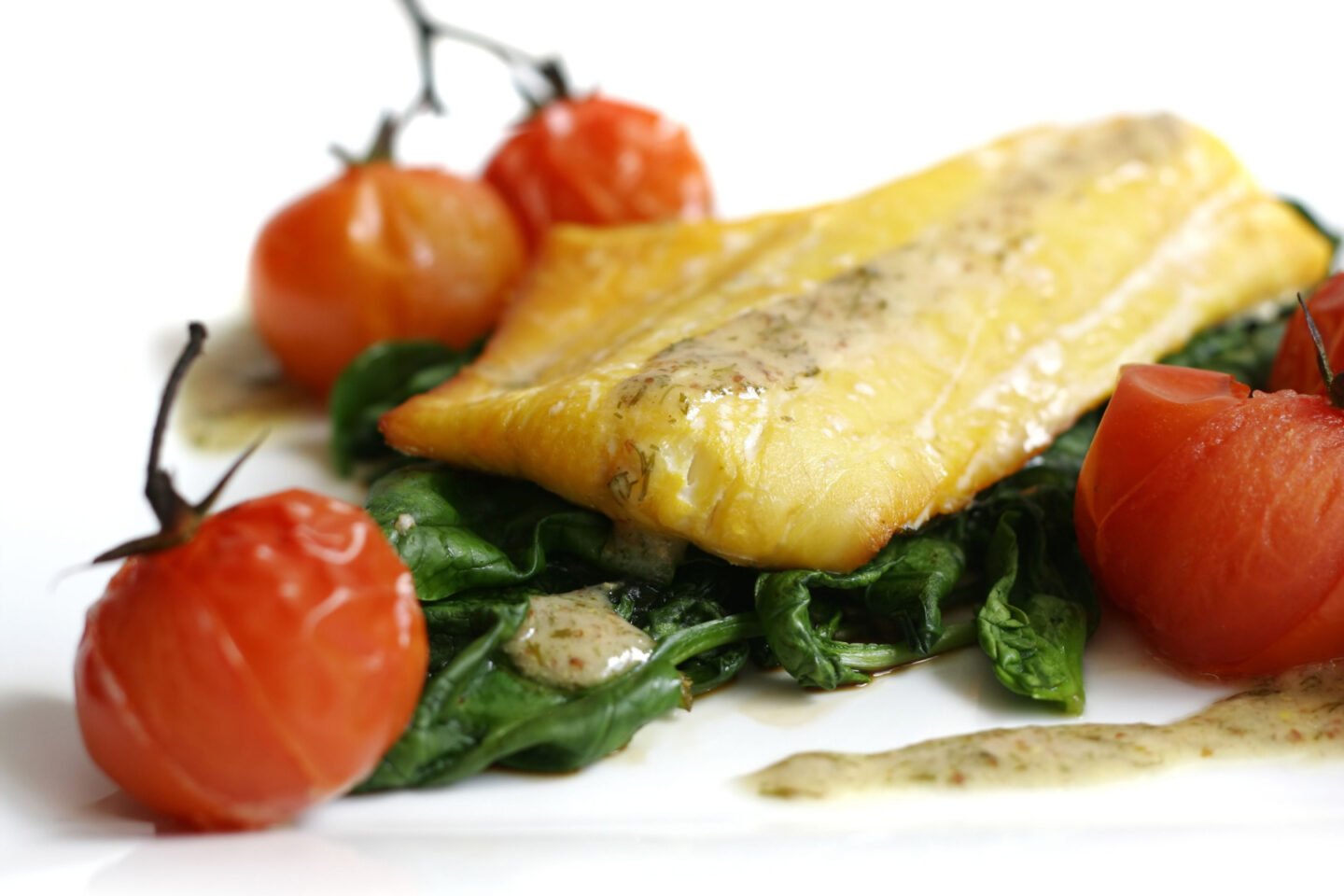
A haddock fillet (150 grams) contains around 2 mg of iron, or about 11% of the recommended daily intake. It also contains a lot of niacin, vitamin B6, potassium, and magnesium.
The protein and healthy fats it contains boost energy levels, improve brain health, and keep you feeling full for longer after eating.
4. Mackerel
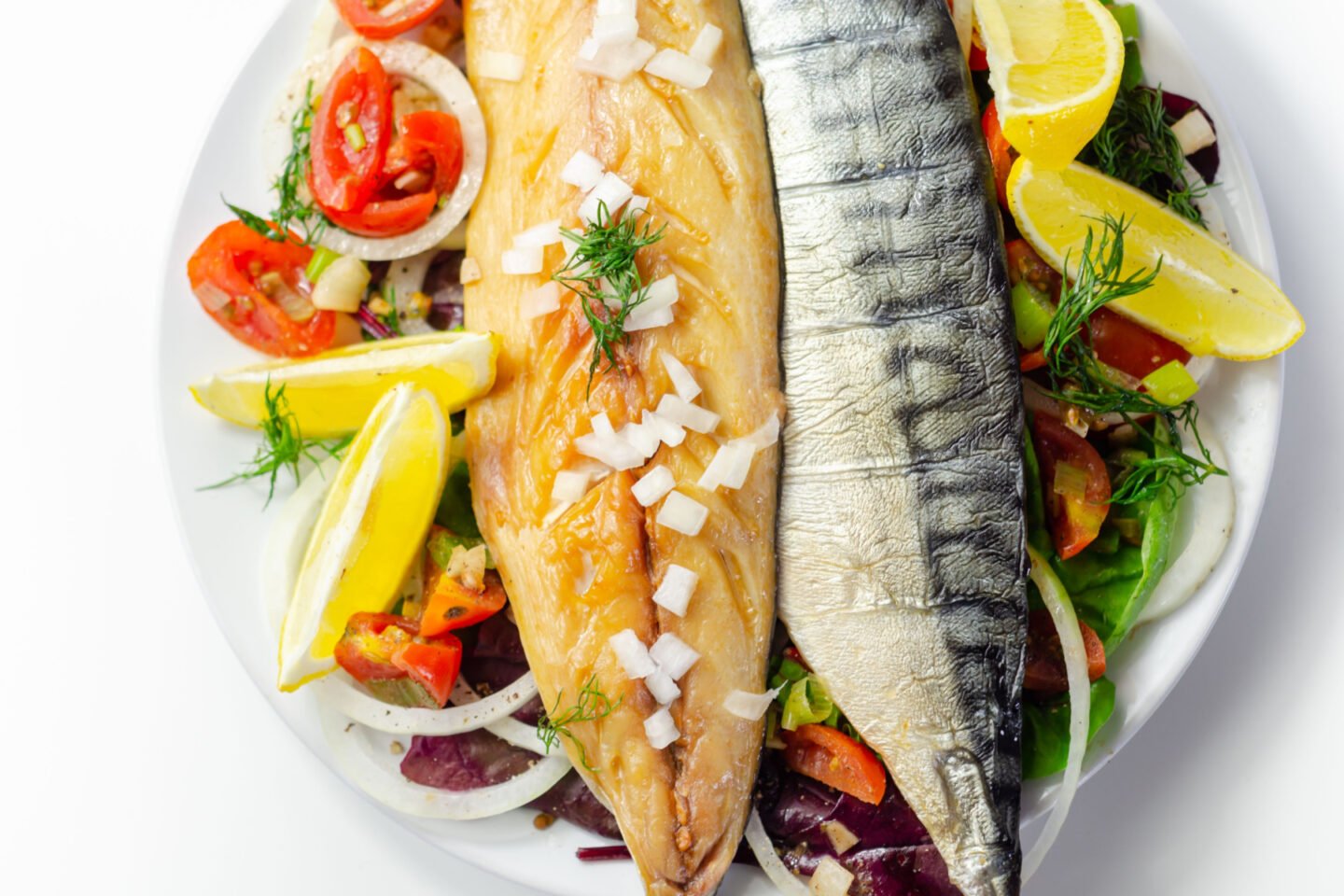
A one-cup serving (190 g) of canned mackerel contains 3.9 mg of iron, 22% of the recommended daily intake. It also contains vitamins A, D, E, and B12, niacin, and riboflavin.
Mackerel contains healthy fats, which protect your heart and boost brain health.
5. Sardines
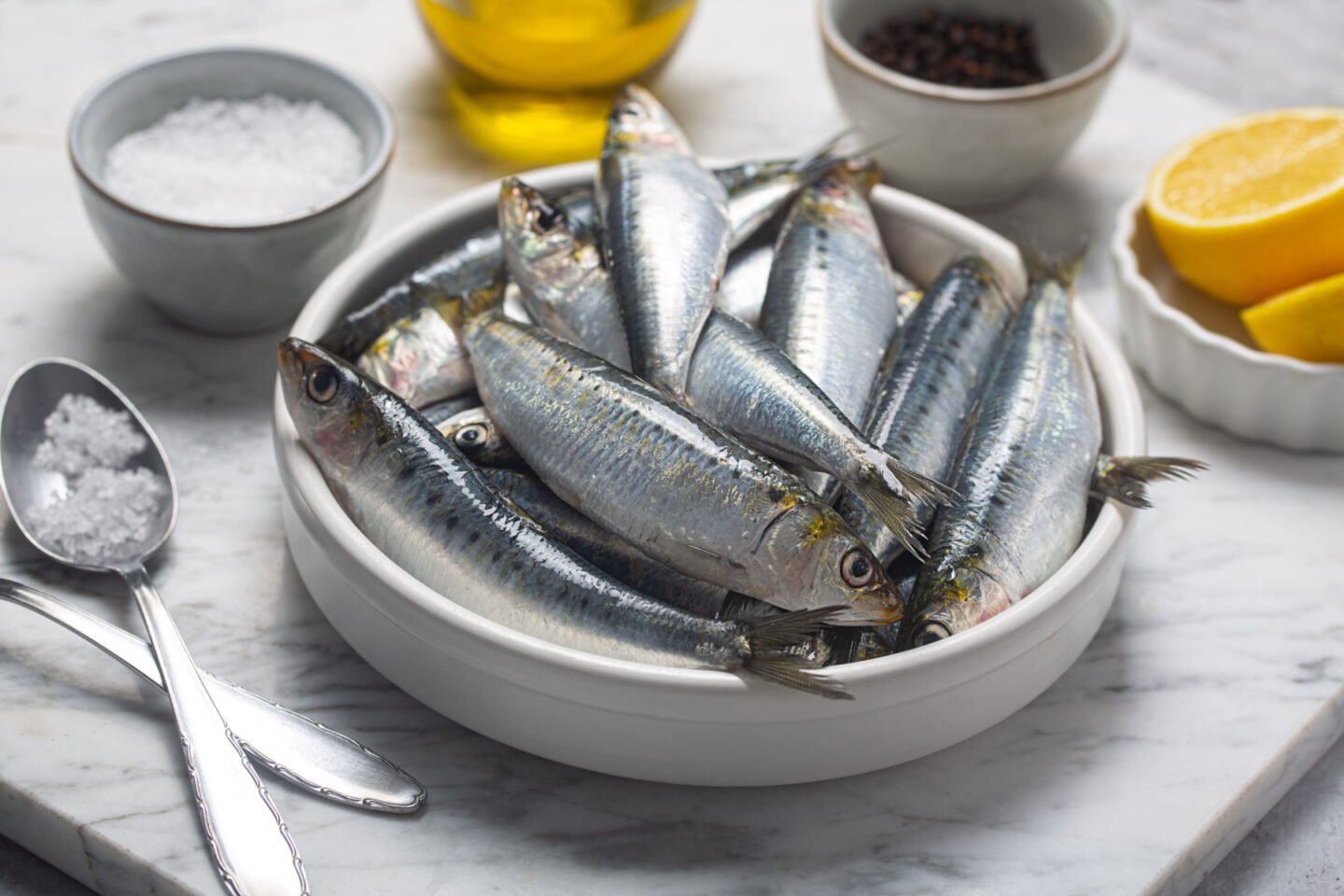
One cup of canned sardines (149 grams) contains 4.4 mg of iron, which is around 24% of the recommended daily intake. Sardines also contain vitamins B12 and D, niacin, calcium, selenium, phosphorus, magnesium, and copper.
Sardines canned in oil contain less sodium than those in tomato sauce, and too much sodium can raise your blood pressure and increase your stroke risk.
6. Anchovies
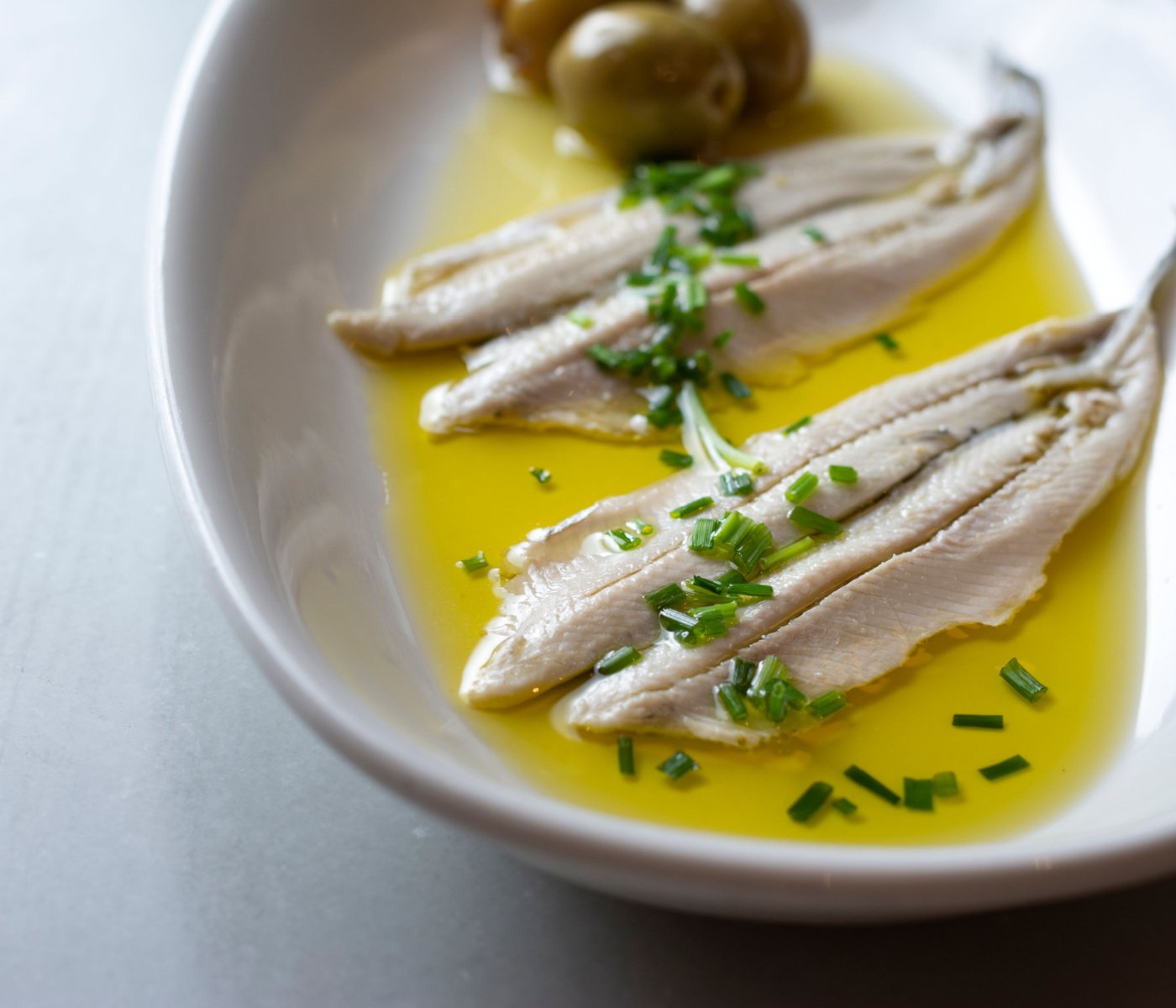
One can (45 grams) of anchovies contains 2.1 mg of iron, around 12% of the recommended daily intake. Anchovies also contain a lot of niacin, calcium, selenium, and phosphorus.
However, this serving also contain around 69% of the recommended daily allowance of sodium, so eat them in moderation.
7. Crab
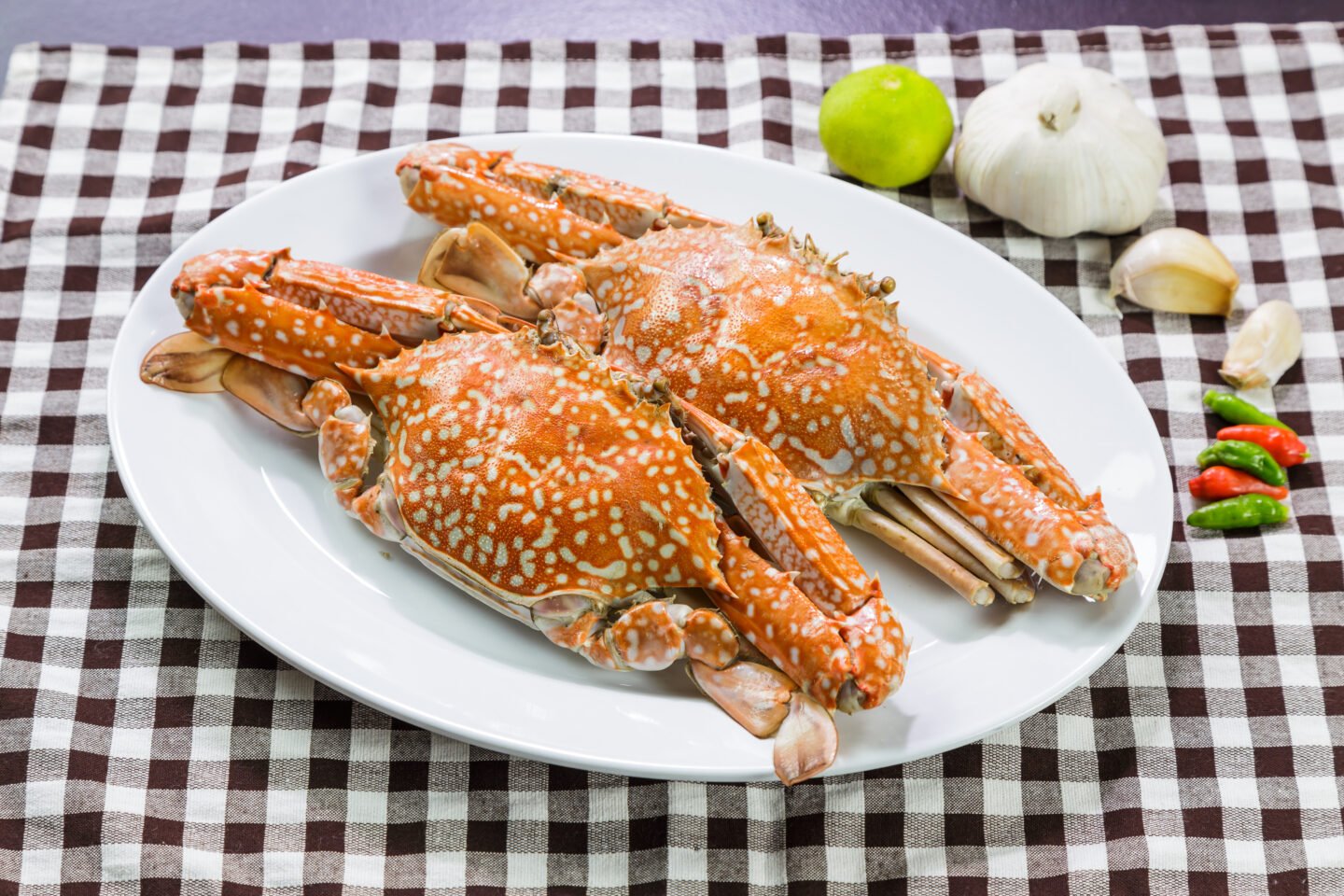
Three ounces (85 grams) of cooked queen crab contain 2.4 mg of iron, or 14% of the recommended daily intake. Crab also contains protein, vitamin B12, selenium, copper, and zinc.
Other types of crab may contain less iron, and all are high in sodium.
8. Scallops
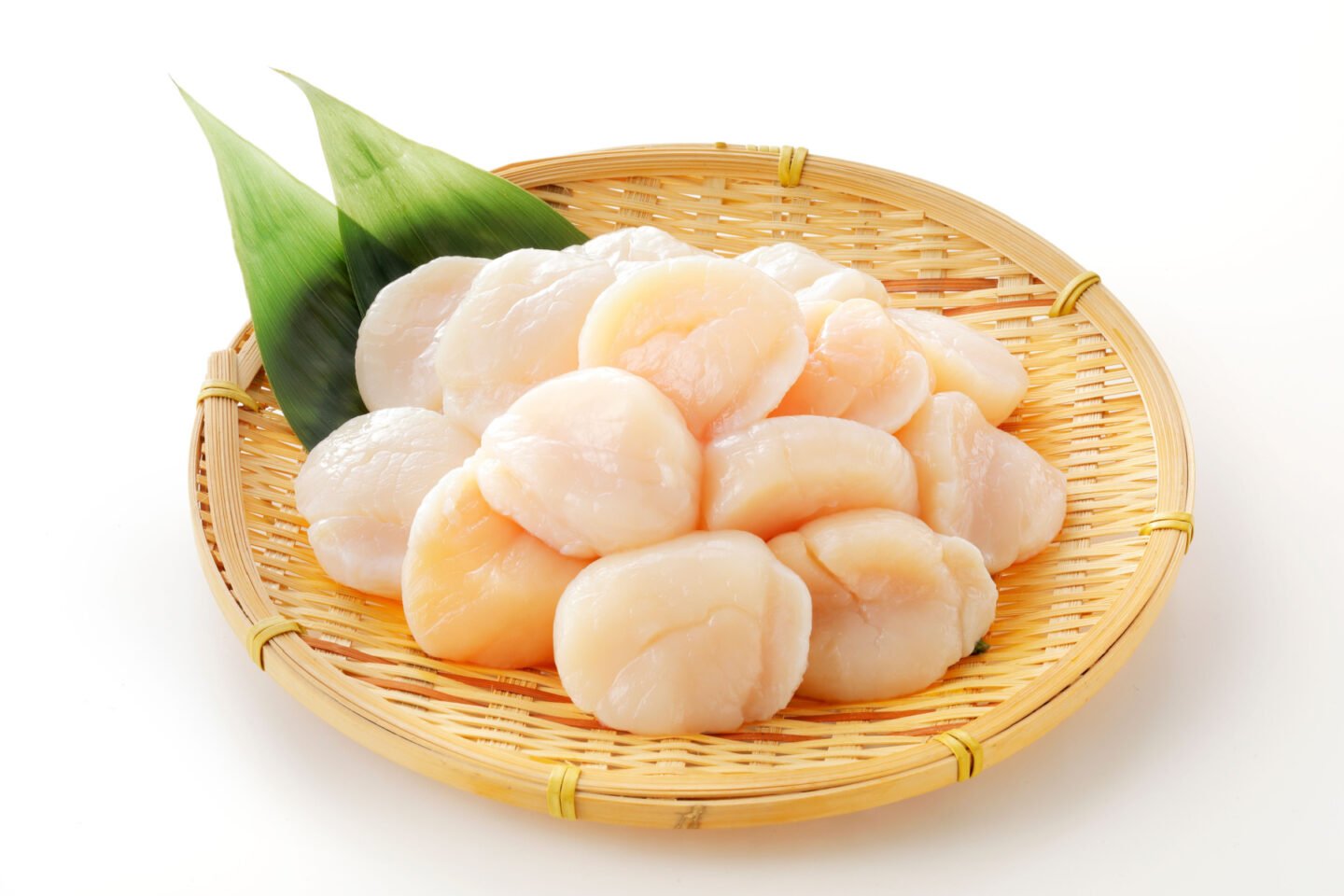
A three-ounce (85 grams) of steamed scallops provides you with 2.4 mg of iron, around 25% of the recommended daily intake.
Scallops are low in calories and contain selenium, phosphorus, and magnesium, which all support bone health.
Selenium is a powerful antioxidant that reduces your risk of developing several chronic conditions.
9. Clams
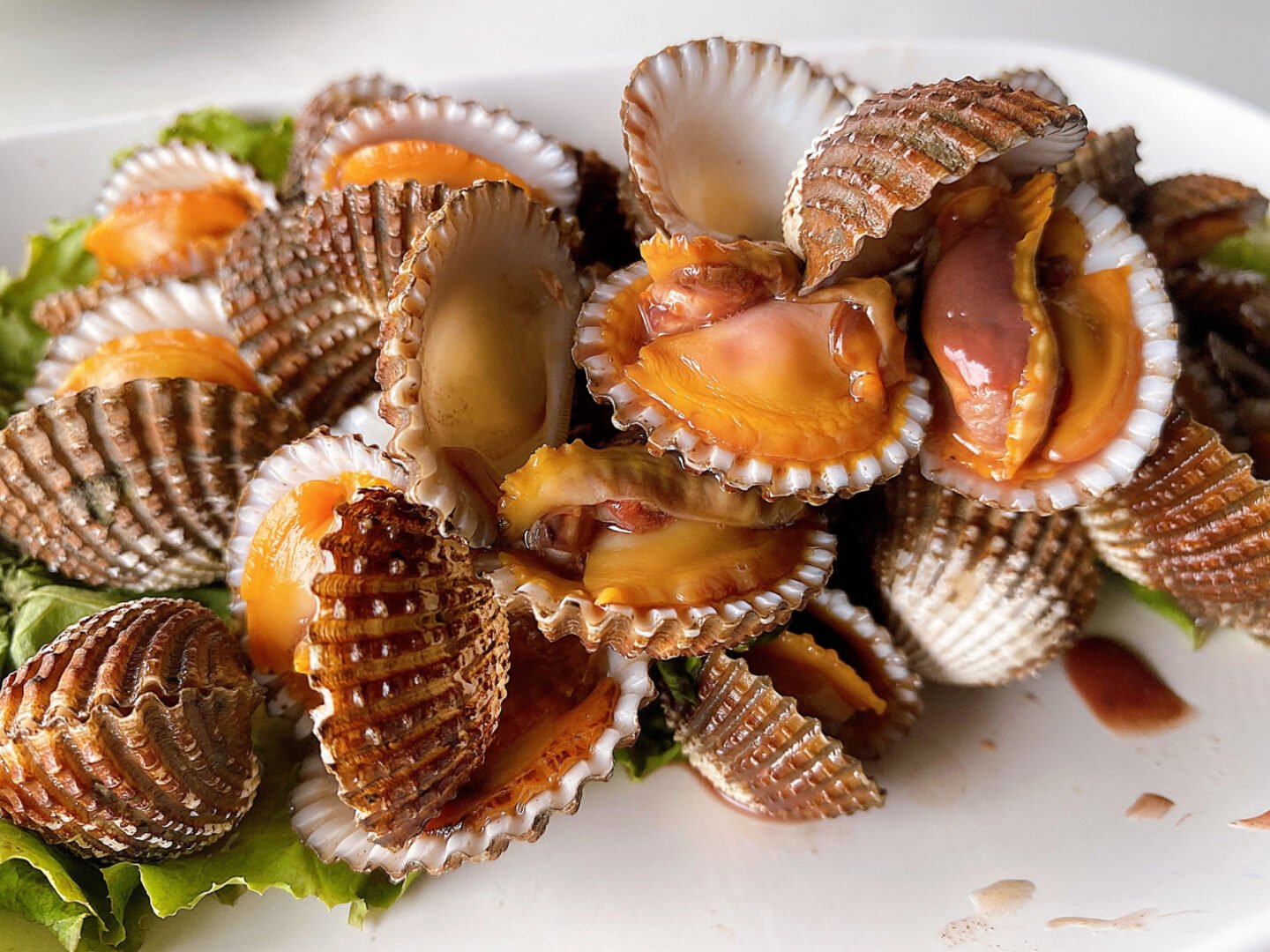
A three-ounce (85 grams) serving contains 23.8 mg of iron, 132% of the recommended daily intake, making clams the best seafood iron source.
Clams are also rich in protein, vitamins C and B12, riboflavin, phosphorus, copper, and manganese.
Studies show that eating clams may benefit male fertility and improve collagen synthesis.
10. Halibut
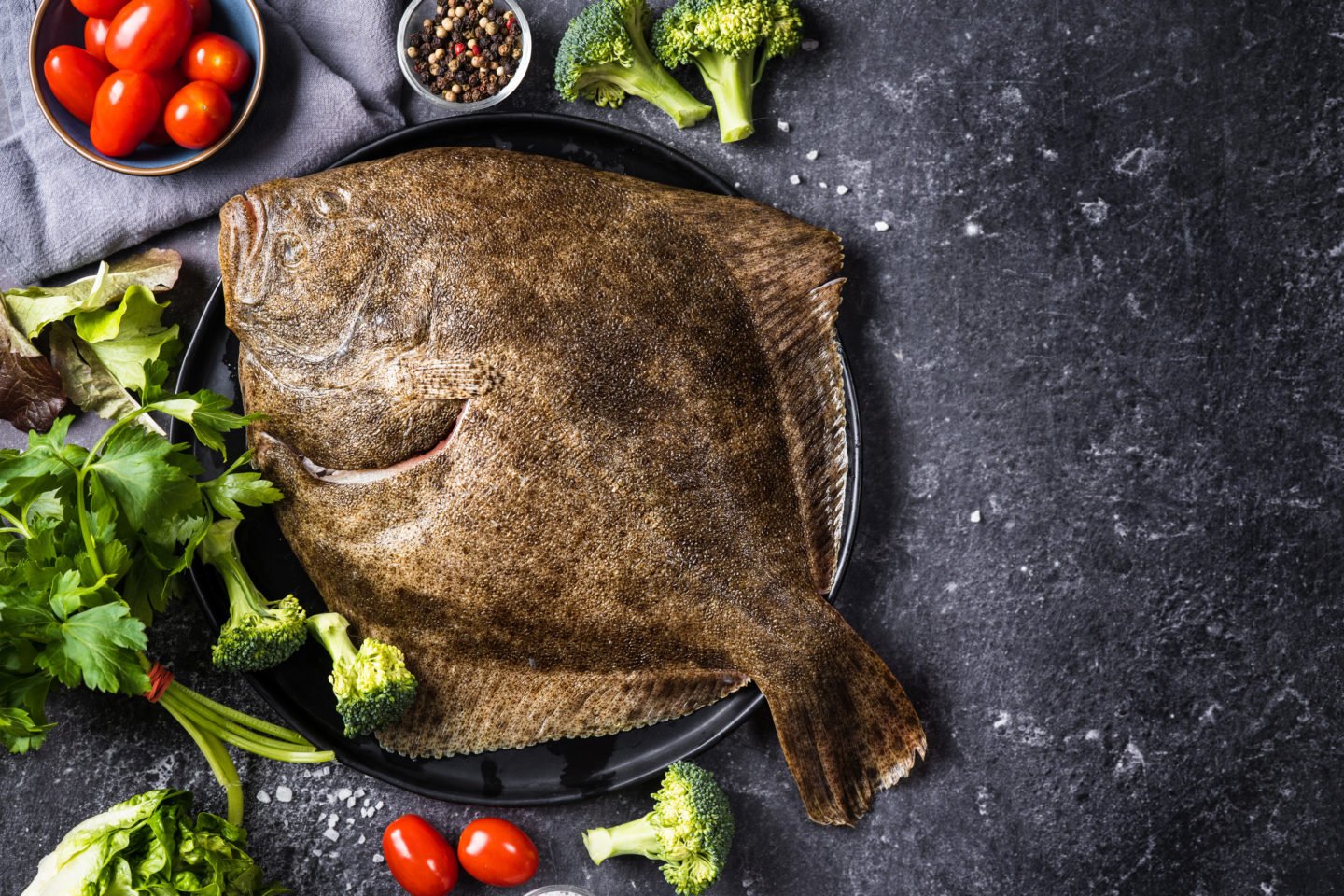
One small fillet (159 grams) of halibut contains 1.7 mg of iron, about 9% of the recommended daily intake.
Halibut also contains a good amount of protein, healthy fats, B vitamins, magnesium, potassium, and selenium.
11. Tuna
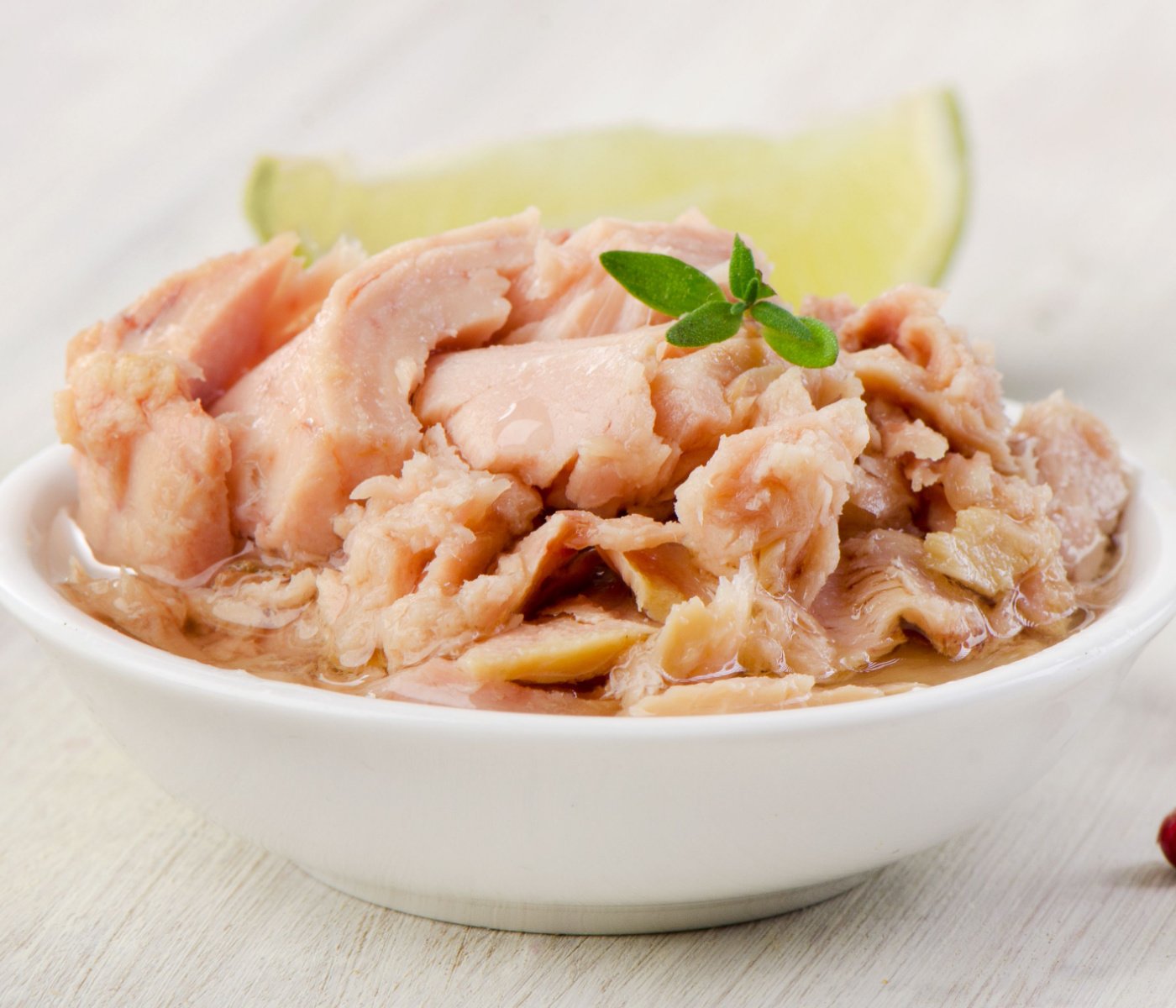
One cup (146 grams) of tuna canned in oil contains 2 mg of iron, or 11% of the recommended daily intake.
Tuna also contains protein, vitamin D, vitamin K, niacin, phosphorus, and selenium.
12. Herring
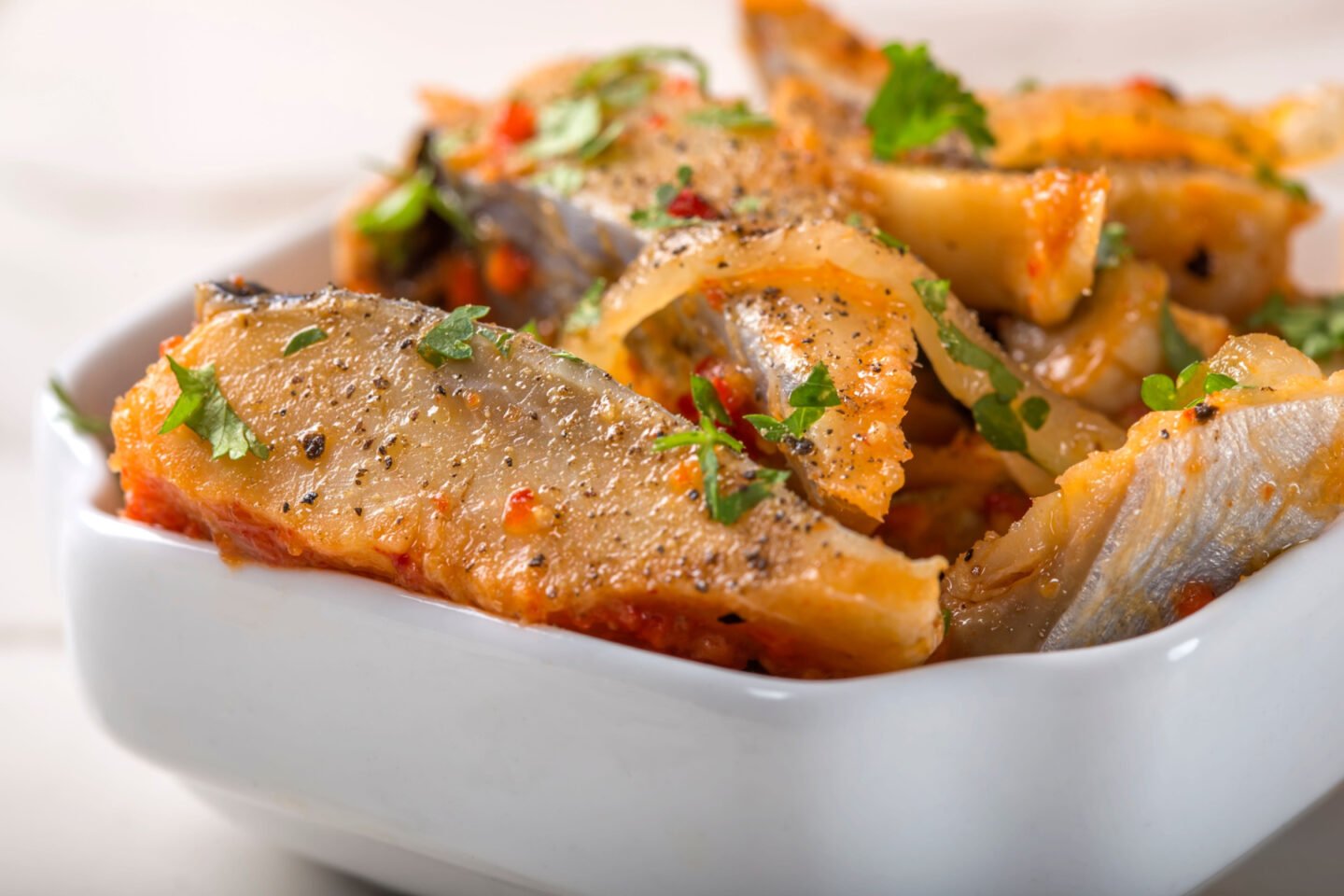
One herring fillet (143 grams) provides you with 2 mg of iron, 11% of the recommended daily intake.
Herring is an excellent source of B vitamins, vitamin E, phosphorus, selenium, potassium, and healthy fats.
13. Salmon
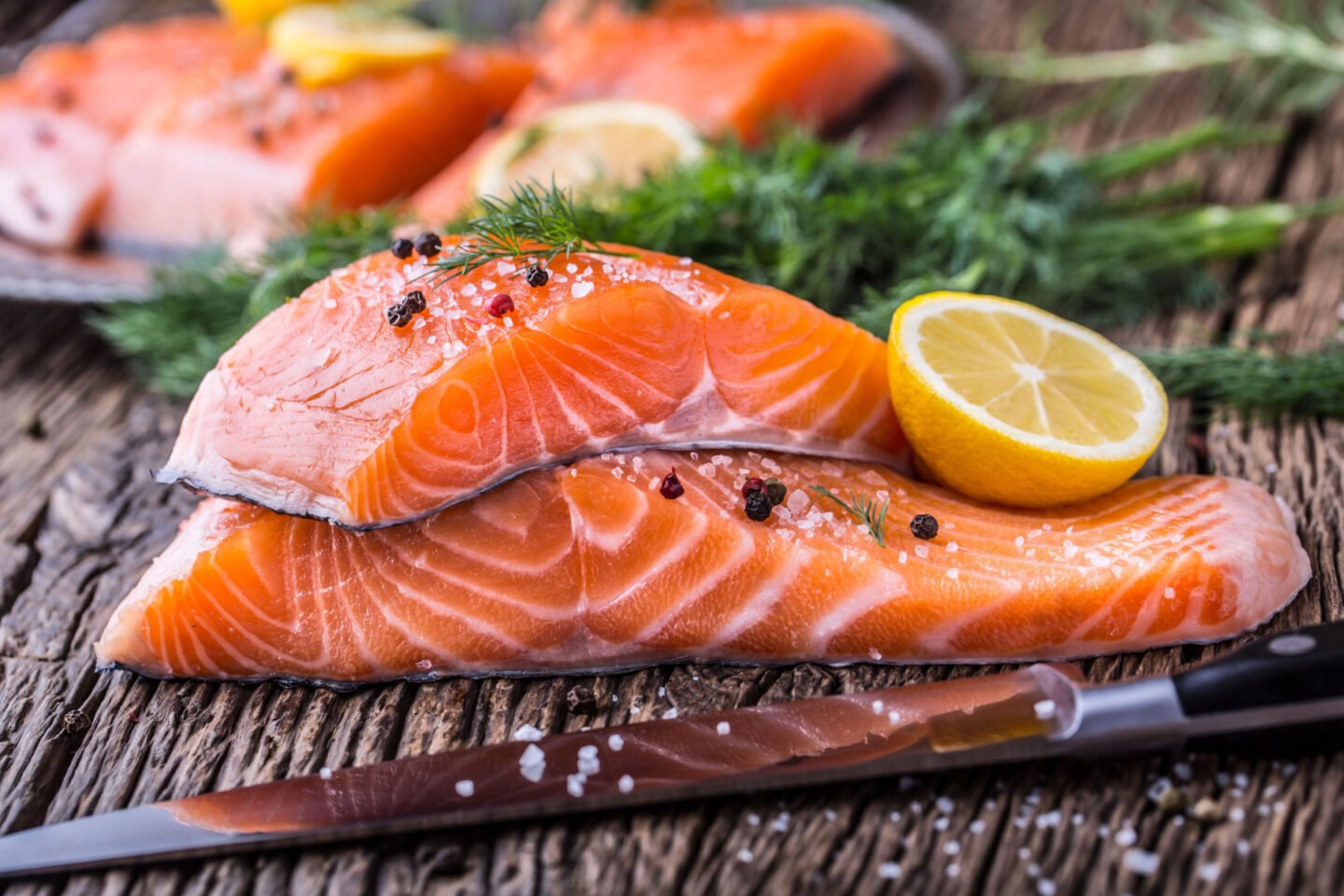
One fillet (154 grams) of salmon contains 1.6 mg of iron, or 9% of the recommended daily intake. It also contains a lot of omega-3 fatty acids, which may prevent several health issues, including heart disease.
Salmon also has B vitamins, selenium, phosphorus, magnesium, and potassium.
14. Perch
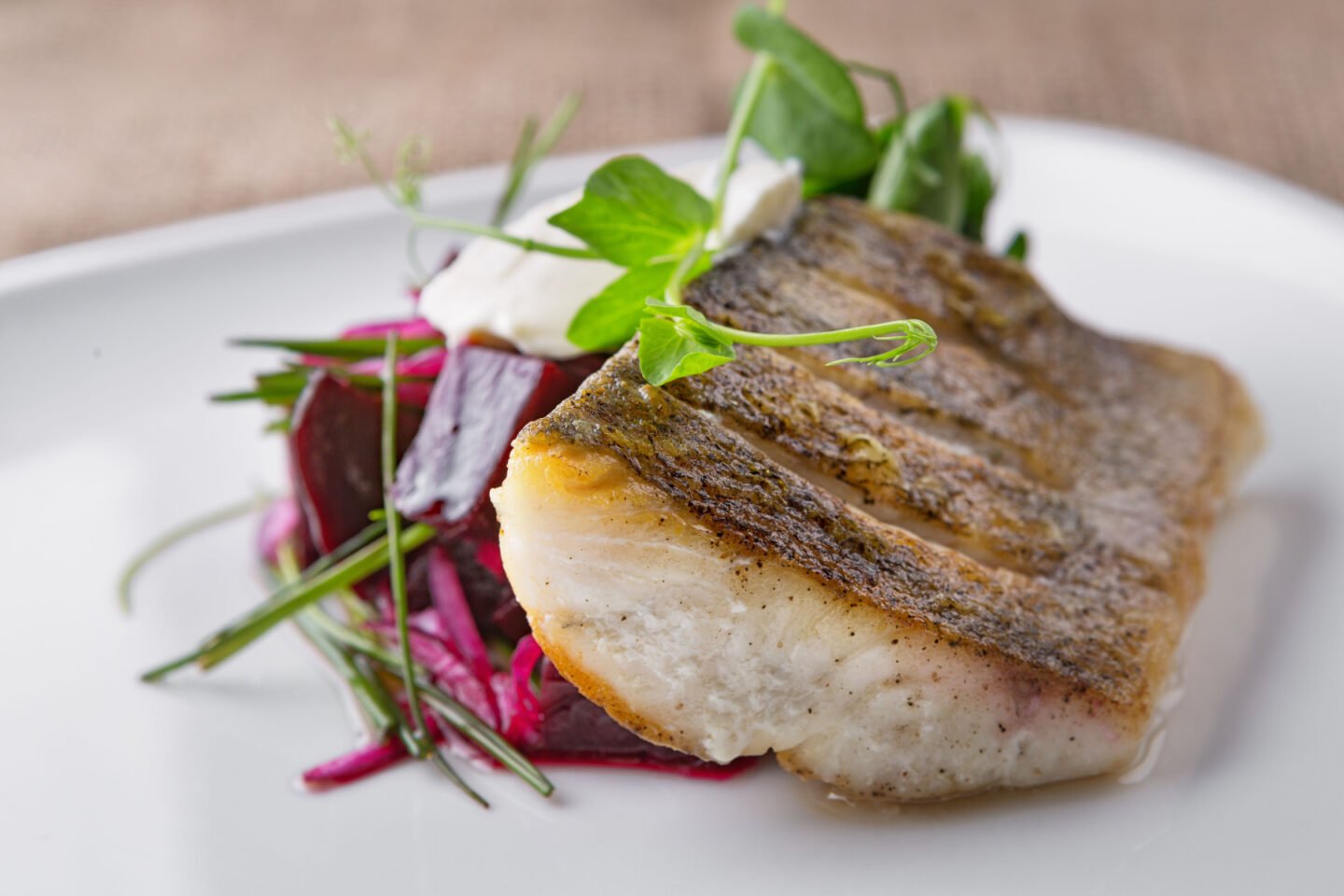
One large perch fillet (101 grams) contains around 1.2 mg of iron, around 6% of the recommended daily intake. It also contains vitamin B12, phosphorus, and selenium.
15. Trout
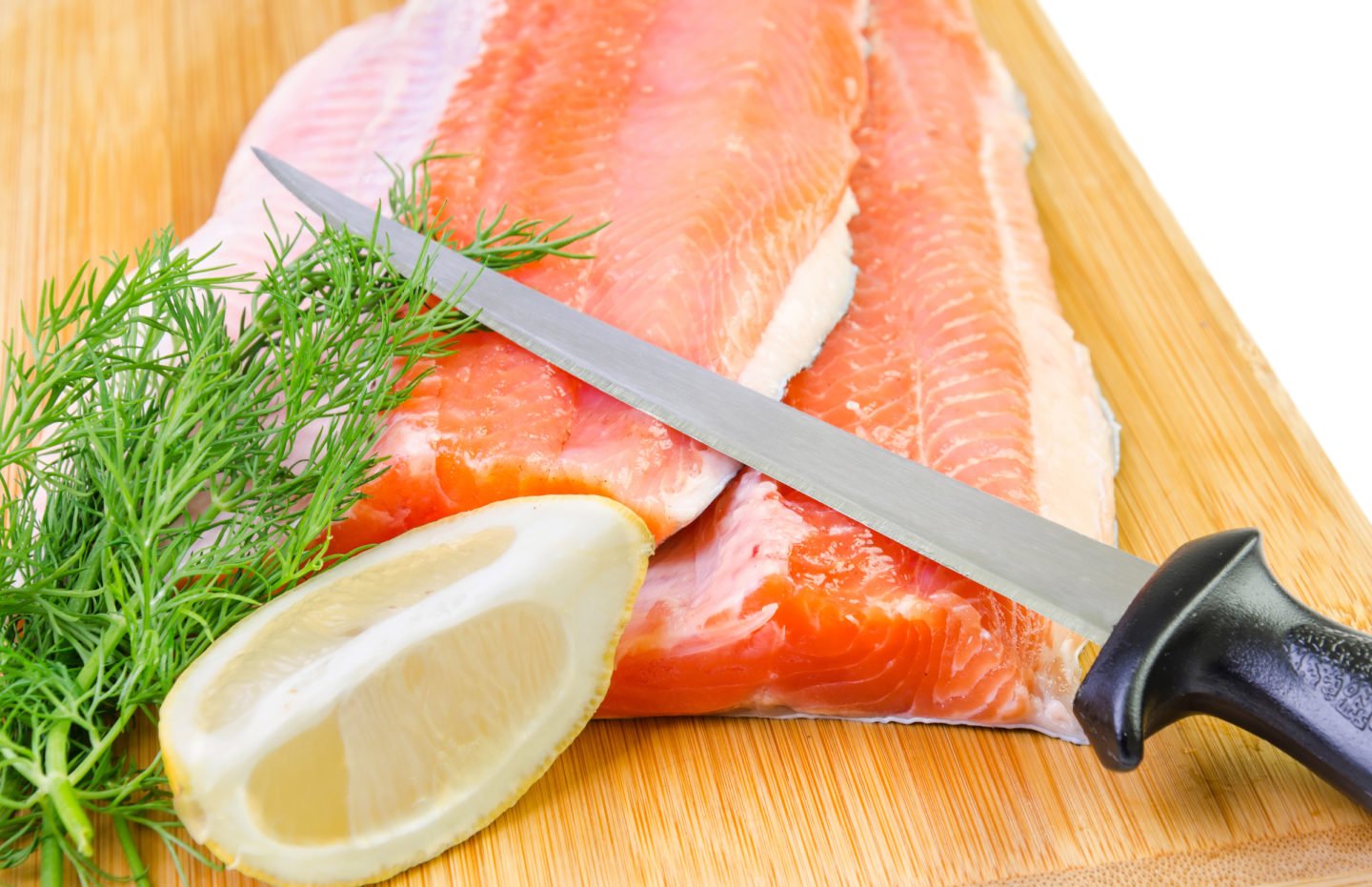
One large trout fillet (93 grams) contains 1.8 mg of iron, which is 11% of the recommended daily intake.
Trout is low in calories but high in protein, vitamin B12, phosphorus, manganese, and omega-3 fatty acids.
Conclusion
Many varieties of seafood are excellent sources of iron. Seafood is also a great source of protein, B vitamins, omega-3 fatty acids, magnesium, selenium, potassium, and other nutrients.
Seafood is undoubtedly a great addition to a healthy, balanced diet.
Sources: Nutrition Data, National Library of Medicine, PMC, and Research Gate
